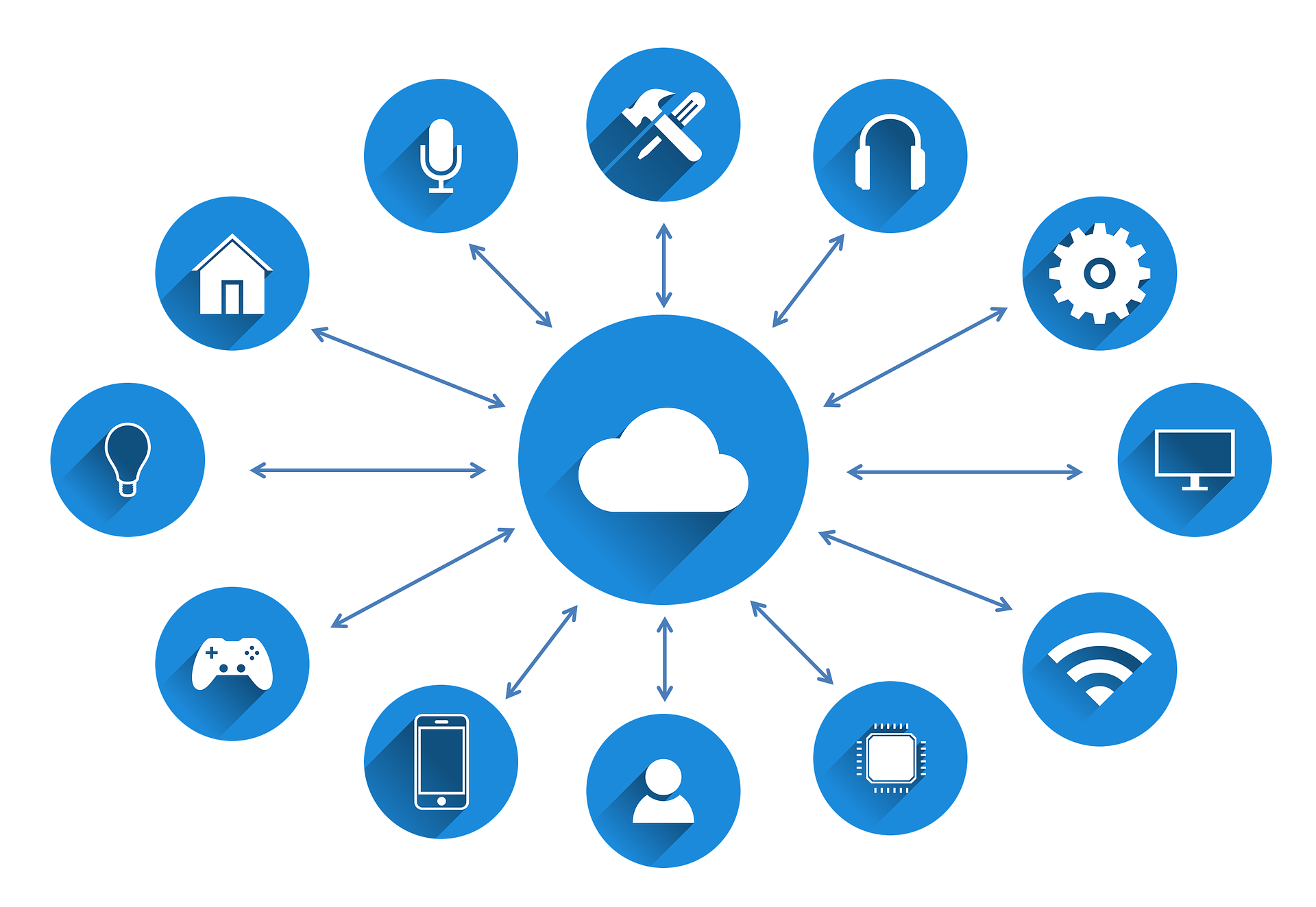Internet of Things: 4 Biggest Fails of 2018
The concept of the Internet of Things – and its main advantage – is at the same time the biggest potential security risk for all those who have accepted it and have joined the circus, so to speak. Yes, people like having all the information all the time on all of their devices – neatly segmented and contextualized to fit their needs and situation. And yes, most of them haven’t given a second thought to providing access to their personal data to all kinds of services and systems in order to have everything they could ever want at the tips of their fingers – from comprehensive weather reports and traffic warnings to their own houses recognizing them as owners and turning the lights on upon entering. It is an interesting world we live in, with technology constantly at our beck and call, but are we also slowly starting to realize just how much we are allowing it to rule our lives? One could argue that every time the tech misbehaves or someone else takes advantage of it – and by proxy, us – it has failed us on some level. In that sense, let’s see the 4 times it did just that in 2018.



